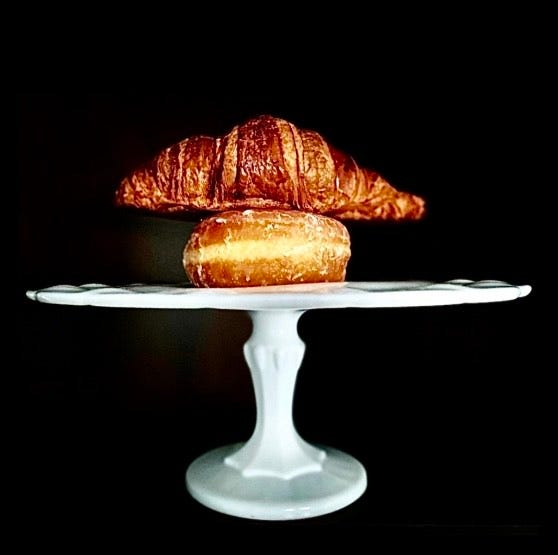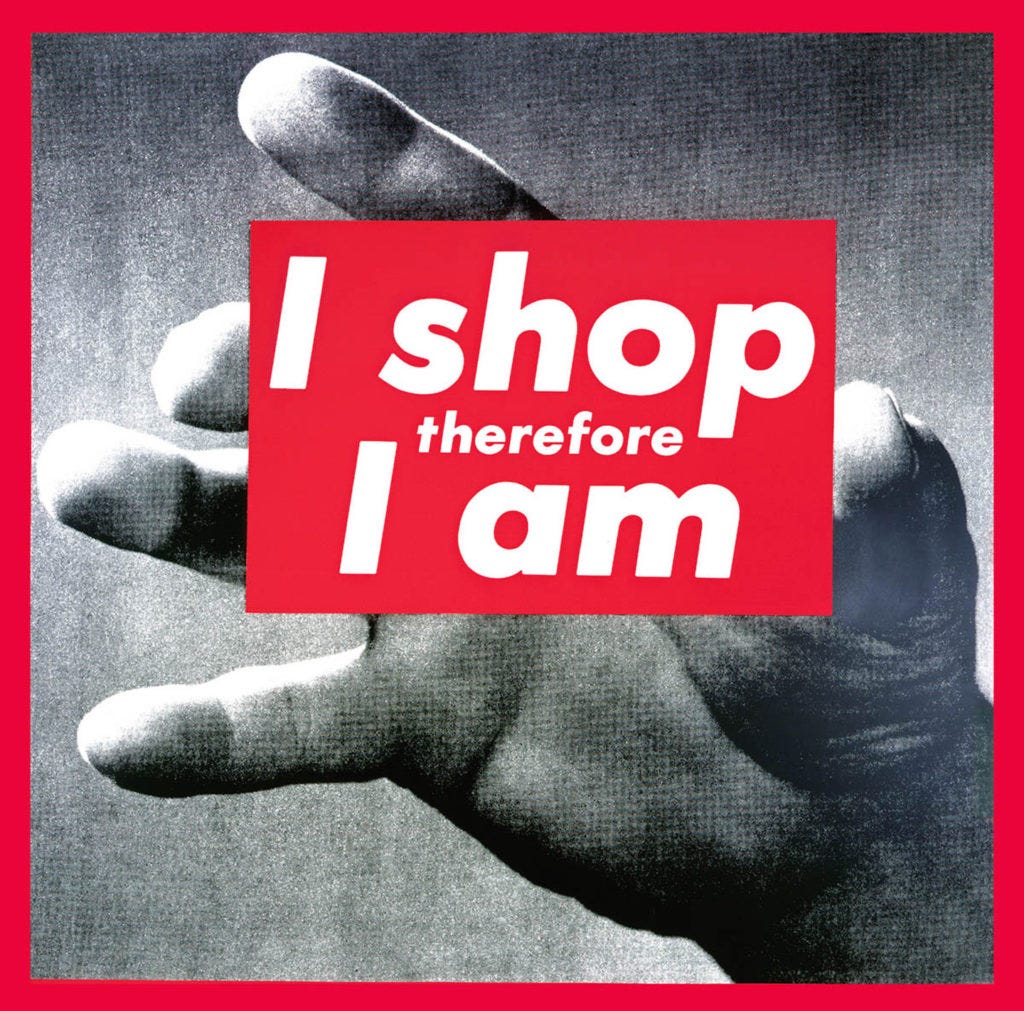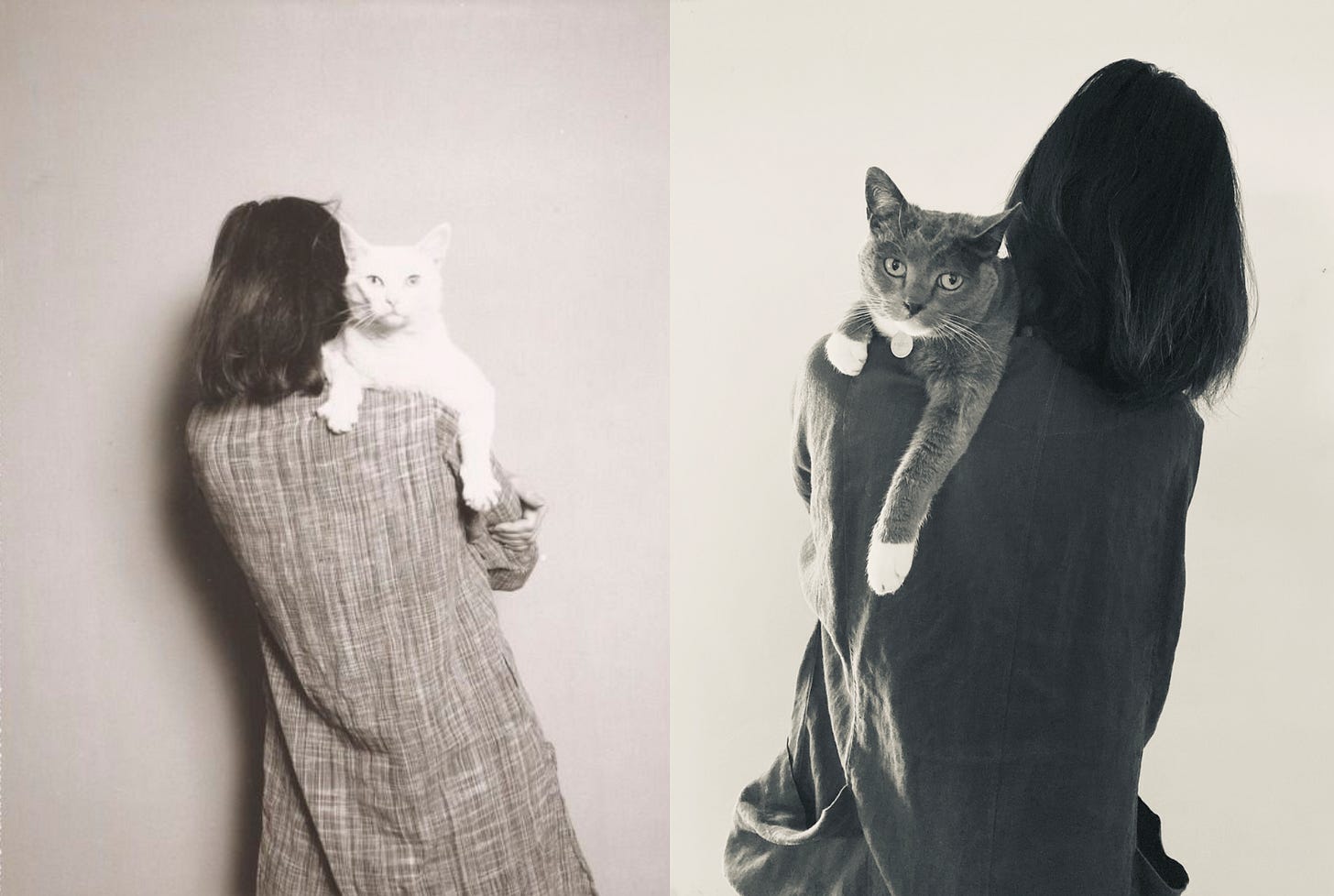I’ve always assumed that the best creations are original. I equate talent with innovation and success with novelty. The rest of the world seems to agree: “Find your niche” they say, “What makes you, you?” they ask.
But originality is an elusive concept, perhaps an illusory goal. No breakthrough – whether artistic or scientific – can happen without tapping into pre-existing ideas.
The light bulb, which is credited to Thomas Edison, was actually Joseph Swan’s invention twenty years prior. But Edison kept improving Swan’s model, experimenting with 6,000 different materials for the filament, until he developed a version that was commercially viable.
The same goes for artists who are continuously adapting ideas from their predecessors, and cross-pollinating across various creative fields. Both Rocknroll and Hip Hop were born from the art of the remix, adapting old songs into new sounds.
We claim that we want new experiences, but we tend to gravitate towards what we know. Familiarity breeds comfort and novelty may lead to disappointment.
Many creative industries have leveraged this as a safe road to profit. Hollywood studios keep producing sequels and trilogies. Record labels attempt to repackage each artist into their best-selling pop star. And the fashion industry is known to cycle through the same trends over and over again.
So what drives creativity, if not originality?
The themes that inspire us to create – love, betrayal, desire, fear, faith, change – are as old as humanity. Instead of striving to be original, the goal may be to participate in a continuum of ideas.
The novel I’m currently reading – “Demon Copperhead” – is a great example of the power of a remix. The author, Barbara Kingsolver, based the entire structure of her book on Charles’ Dickens “David Copperfield.” Both narratives explore systemic poverty and its symptoms, with one story set in 19th century England and the other in the Appalachian Mountains of the present. Kingsolver writes:
“I knew I couldn’t do any better than that, so I reinvented ‘David Copperfield’ chapter by chapter to fit the dimensions of my own place and time. Sometimes it was madly challenging (what is the modern equivalent of a shoe-black factory? What local name sounds like Uriah Heep?”). Sometimes it felt almost like cheating, as if I’d subcontracted the plot.”
Whether, like Kingsolver, our work is intentionally based on another’s, every creation blends sameness and uniqueness. Tapping the past to create new work can be an act of humility, a way of honoring artistic history and bowing to our creative lineage. As Barbara Kingsolver wisely shares: “Literature is a long conversation through time and space.”
Art imitates life. And in both areas we strive to balance conformity and individuality. We feel the pull to both fit in and stand apart. After all, we are the same and we are unique.
I hope this month’s Seven Senses – see, hear, smell, taste, touch, balance and envision – offers another perspective on originality.
In Joy,
Sabrina
SEE
“Everything is a Remix” | video series
Original series (2010-2012) | Website
My concept of originality was shaken up when I was first introduced to this video series in 2012. Created by Kirby Ferguson, the documentary series carefully weaves together the ways in which literature, music, and film are continuously remixing ideas.
“Copying is how we learn. We can’t introduce anything new until we’re fluent in the language of our domain. And we do that through emulation.”
The series backs up that statement with countless examples of some of our most celebrated artists. Bob Dylan’s first album contained 11 cover songs. And Hunter S. Thompson retyped every word of ‘The Great Gatsby,’ just to get a feel for a great novel.
“Everything is a Remix” challenges the idea that inspiration is a divine calling, only accessed by geniuses. It reveals how major advances are “not original ideas, but tipping points in a continuous line of invention by many different people.”
In 2021, Kirby Ferguson started releasing new versions of “Everything is a Remix”, showcasing how our modern communication mediums, such as social media, are further amplifying the art of the remix.
HEAR
Original Remix | playlist
Listen on YouTube | Spotify
“The DNA of every song lies in another song. All creative ideas are derivative of another…” – Quest Love
Music has always blended and reshaped influences. Two official ways of doing that have been song covers and remixes.
In song covers, the lyrics, melody and instrumentation of the original song are preserved. The only thing that changes is the harmony used in the original.
A remix, on the other hand, utilizes another’s song but makes significant changes, by adding, removing and editing parts of the song.
To celebrate the art of the remix, I’ve compiled 7 remixes and their original inspirations:
Ray Charles “I Got a Woman” (1954) is based on “It Must be Jesus” written by B.King and performed by The Southern Tones (1954)
A Tribe Called Quest “Can I Kick It?” (1990) uses the bass line from “Walk on the Wild Side” by Lou Reed (1972)
Britney Spears “Toxic” (2003) uses a highly modified sample from the song “Tere Mere Beech Mein” featured in an eighties Bollywood musical “Ek Duuje Ke Liye” (1981)
Daft Punk “One More Time” (2000) samples the song “More Spell on You” by Eddie Johns (1979)
Kanye West “Famous” (2016) mixes dancehall reggae tune “Bam Bam” by Sister Nancy (1982) with Nina Simone “Do What You Gotta Do” (1968), which are both remixes and covers based on “Stalag 17” by Ansel Collins (1974) and “Do What You Gotta Do” written by Jimmy Webb (1967).
An entire album can also be a remix – as was the case with The Avalanches album “Since I Left You” (2000) which merges thousands of samples, including obscure songs, audio from sketch comedy and movie dialogue. For the title track, forgotten songs from the sixties and seventies were used, rearranging them into a new melody. One of the sources was “Everyday” by Main Attraction (1968).
Lastly, I wanted to include a song which blurs the line between intentional sampling and unconscious copying. In 1981, George Harrison lost a lawsuit for his song “My Sweet Lord” which was “subconsciously” based on “He’s So Fine” written by R.Mack and performed by The Chiffons (1962).
You can listen to all songs on this YouTube Playlist and this Spotify Playlist (except for “Everyday” by Main Attraction which is excluded from the Spotify catalog).
SMELL
Synthetic Fragrances | Human-Made Molecules
Synthetic fragrances are the remix of scents. In the 1860s we discovered the ability to reproduce molecules artificially - the birth of synthetic scents.
This new invention allowed us to create scents that were rare or expensive to harvest, such as vanilla and musk. Scents that were only reserved for the wealthy were suddenly available to the mass-market. Synthetic fragrances created reliable consistency since lab-created scents aren’t affected by natural harvest fluctuations. The scent notes also lasted longer, thanks to fixatives – up to five years, compared to naturally derived scents with an average shelf life of 1-2 years.
Synthetics started getting a bad reputation when nitrobenzene, one of the first synthesized fragrance molecules, was declared toxic in 1865. Our fear of synthetic chemicals has only grown since, with natural products at an all-time popularity.
One of the most popular perfumes to incorporate synthetic ingredients was Chanel No. 5, introduced in 1921. Ironically, the recipe for Chanel No. 5 is undergoing a revision, not because of its synthetics but due to its use of some natural mosses, considered allergens by the European Union.
We think natural fragrances are safer, but that’s not always the case. Some, like oakmoss, jasmine, and ylang ylang, are now regulated due to their allergenic risks. Others, like sandalwood, have been so overly harvested for perfumery that the evergreen trees are reaching extinction, and exports are now heavily restricted.
My friend Sydney Buffman, a botanist and fragrance artist, also points out how tree mosses are slow growing and becoming more rare in the wild for many reasons (over harvesting, climate change, deforestation, air pollution).
It would be too simplistic to label all synthetics as harmful, and all naturals as beneficial. Nowadays, most fragrances combine synthetic scent molecules with traditional essential oils derived from plants and flowers.
TASTE
Cronut®️ | croissant and doughnut
Collaboration post by , writer of
I am delighted to collaborate this month with
, a professional baker who worked at Sarabeth’s Bakery in New York City and at Gourmet Magazine with Sara Moulton in the 90’s. Now based in Chicago, she is the author of the Substack publication .I asked Jolene about a food remix and she suggested the Cronut®️:
“The first thing to know about The Cronut®️ — the captivating love-child of the croissant and the doughnut — is that you’d best put a registered trademark sign beside its name.
The cronut is the first ‘viral’ food — so intense was the online and social media interest in the debut of The Cronut®️ that there were lines wrapped around the block at the SoHo bakery in New York City.
The brilliant creation of Pastry Chef Dominique Ansel, this is a fine example of a remix. Take two delicious pastries – the croissant and the doughnut – and bring them together to produce a third new and fantastic treat. Voilà!
What Chef Dominique makes clear is that this is not just any croissant dough fried in a doughnut shape — “it’s made with laminated dough similar to a croissant but uses a proprietary recipe.”
As described on the bakery’s website:
“Chef Dominique’s unique creation that many have described to be a croissant-doughnut hybrid. First launched in May 2013 (and subsequently named one of TIME Magazine’s best inventions of the year), the flavor changes each month in each of our shops around the world, never repeating.”
Thanks
for this Cronut®️ highlight!I was lucky to try my first Cronut®️ before I moved from New York to Los Angeles in the Fall of 2013. Jolene has yet to try a Cronut®️ but she’s been able to satisfy herself with a similar sweet, “Le Stan” made by Stan’s Donuts in Chicago. She’ll be taking a trip to NYC in May and will try her first official Cronut®️ for the 10th anniversary of this tasty remix.



TOUCH
Barbara Kruger | collage artist
Collage art is by nature a remix: finding existing images, cutting them out and rearranging them to create new meaning.
One of my favorite conceptual collage artists, Barbara Kruger, is known for her large scale black and white imagery overlaid with bold graphic text. In 1979, she developed her signature style by repurposing found images and juxtaposing them with short and punchy phrases in Futura Bold or Helvetica Extra Bold typeface.
Using her training in editorial graphic design, she coerces advertising methods to address issues of power, identity, consumerism, and sexuality. Kruger has said:
“I try to make work that joins the seductions of wishful thinking with the criticality of knowing better.”
Interestingly, Kruger’s work has also been remixed in recent years. Popular fashion brand Supreme created its logo using the same font and colors associated with Kruger’s work. Kruger wasn’t bothered by this act of copying, responding that “I don’t own a font.” To her, intellectual property is “a euphemism for corporate control.”
Ironically, Supreme filed a lawsuit against another streetwear brand (Married to the Mob) for using the same font and colors. To which, Barbara Kruger responded in 2017 by installing 5 exhibits featuring a billboard, school bus, and a skate park. One of the spaces was set up like a streetwear store, selling items embroidered in the red-and-white Futura font that read: “Want it Buy it Forget it” and “Whose hopes? Whose fears? Whose values? Whose justice?”
Installed on a wall, a large bold statement presided over the show: “Who Owns What?”
BALANCE
Jumbled Mantra | visual meditation by Kenshō studio
This month’s Jumbled Mantra came unexpectedly and I almost didn’t take it seriously:
“Same, same, but different.”
It’s been over a decade since I’ve thought of that phrase – commonly heard when I was traveling throughout South East Asia in 2009-2010. Whether I was inquiring on the price of clothing, ingredients in a dish, or directions to a temple, the response would invariably be “same, same, but different.” While frustrating, it also became absurdly amusing. It confronted me with my inclination to compare, differentiate, pull apart. That phrase now stands as a lesson in balancing “sameness” with “separateness.”
ENVISION
Remix Art | art by Kenshō studio
I love collecting poems, museum postcards, and other art objects. I display them in my work space and they often inspire my work, unconsciously or intentionally. This Robert Mapplethorpe postcard has been hanging on my wall for years, and I’ve decided to recreate it with my cat, Kactus Kat.












My favorite art involves some sort of remix, so I loved this post! The section on scent was especially unexpected! Also, very cool to learn more about Jolene!
What is original? Nothing is. It is perceived as such by some because they lack the pretext. A literary term that defines the sum of "texts" known to the recipient at the moment of absorbing "text". An author may intertextually refer to other works a reader knows and as such the reader will recognise the reference. People may not know the details about the invention of the light bulb, they lack the pretext. Same with any work in any medium throughout history, as Tim wrote about Shakespeare. A fascinating topic. How can we be original? Does it matter?